idea 模板编程 idea 模板编程知识小结
cwfly93 人气:0模板编程是idea的强大功能,也提高了开发人员的编程效率,比如输入main函数:
public static void main(String[] args){
}
正常情况下我们需要每个字母挨个输入,但是这样输入太慢了,有了模板编程,我们只需要输入psvm或者main,然后回车,就会输出
public static void main(String[] args){
}
,是不是大大的提高了编码速度。这里对模板编程进行简单的介绍。
一、模板编程简介
模板编程的位置如下图:File-->settings-->Editor
其中,Editor-->General-->Postfix Completion 和 Editor-->Live Templates下面都有模板编程的配置,不同的是Live Templates下的模板是可以新建和修改的
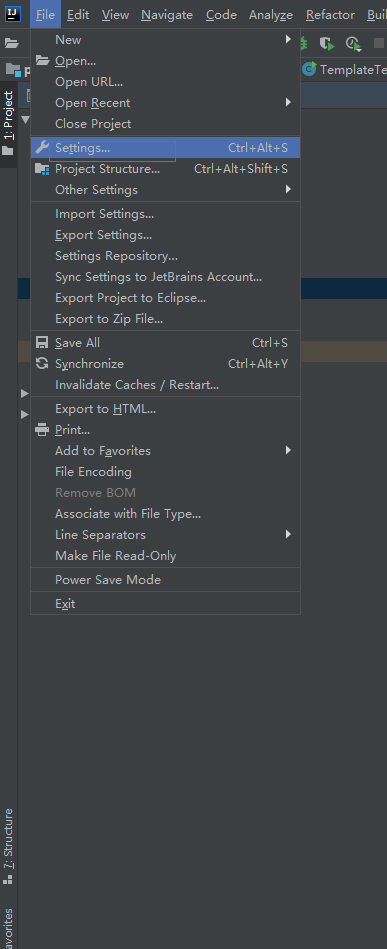
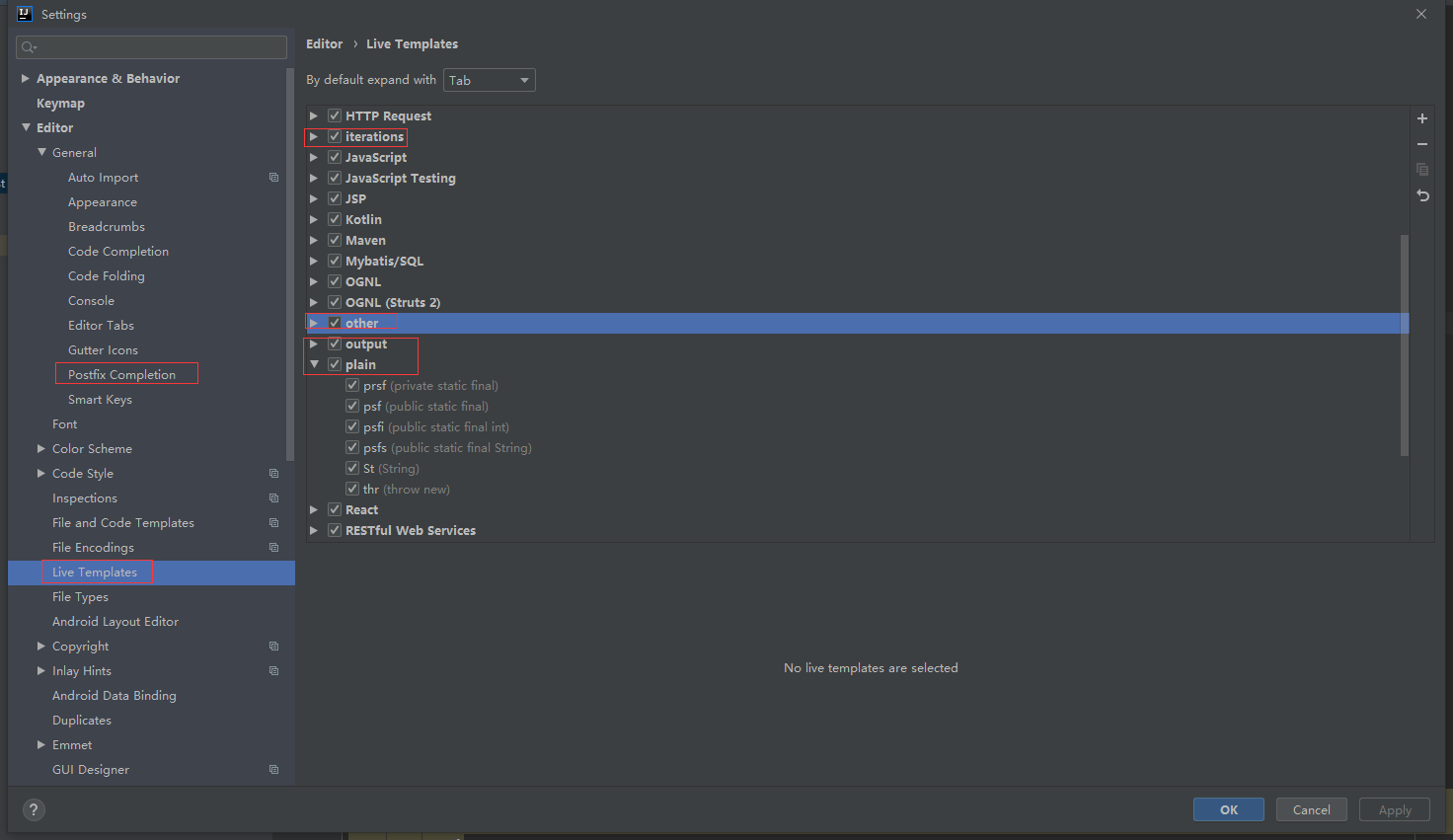
java编程常用的模板我在上图中标注出来了
二、常用模板
先介绍一下常用的、idea自带的模板
1. static final 变量
prsf: private static final
psf: public static final
psfi: public static final int
psfs: public static final String
2. main函数
psvm/main:
public static void main(String[] args) {
}
3. for循环
fori:
for (int i = 0; i < ; i++) {
}
iter:
for (String arg : args) {
}
itar:
for (int i = 0; i < args.length; i++) {
String arg = args[i];
}
4. list循环
List<String> stringList = new ArrayList<>();
stringList.fori:
for (int i = 0; i < stringList.size(); i++) {
}
stringList.for:
for (String s : stringList) {
}
stringList.forr:
for (int i = stringList.size() - 1; i >= 0; i--) {
}
5. 其他
假设有这样的对象
Producer producer = new Producer();
则对象判空:
ifn:
if (producer == null) {
}
inn:
if (producer != null) {
}
// xxx.nn
producer.nn:
if (producer != null) {
}
// xxx.null
producer.null:
if (producer == null) {
}
sout:System.out.println();
idea常用模板编程效果:
模板编程:
public class TemplateTest {
// prsf
private static final int a=10;
//psf
public static final int b=10;
//psfi
public static final int c=1000;
// psfs
public static final String d="qqq";
// psvm
public static void main(String[] args) {
System.out.println("hello");
// soutm
System.out.println("TemplateTest.main");
// soutv
int n=10;
System.out.println("n = " + n);
// xxx.sout
int num=100;
System.out.println(num);
// souf
System.out.printf("");
// for循环
//fori
for (int i = 0; i <100 ; i++) {
// i.sout
System.out.println(i);
//i.soutv
System.out.println("i = " + i);
// i.switch
switch (i) {
}
}
// iter
for (String arg : args) {
}
// itar
for (int i = 0; i < args.length; i++) {
String arg = args[i];
}
List<String> stringList = new ArrayList<>();
// stringList.fori
for (int i = 0; i < stringList.size(); i++) {
}
// stringList.for
for (String s : stringList) {
}
// stringList.forr
for (int i = stringList.size() - 1; i >= 0; i--) {
}
Producer producer = new Producer();
// ifn
if (producer == null) {
}
// inn
if (producer != null) {
}
// xxx.nn
if (producer != null) {
}
// xxx.null
if (producer == null) {
}
// inst
if (producer instanceof Object) {
Object o = (Object) producer;
}
}
}
我们可以通过快捷键 ctrl+j 来查看模板编程提示:

更多的idea编程模板可以去Live Templates下面查看
三、模板自定义与修改
我们可以在Live Templates 位置下自改和自定义模板
1. 修改
比如对psfi进行修改
修改前:
psfi: public static final int

修改后:
psfi:public static final int i =

2. 自定义模板
可以通过选择右边的+自定义模板,步骤如下:
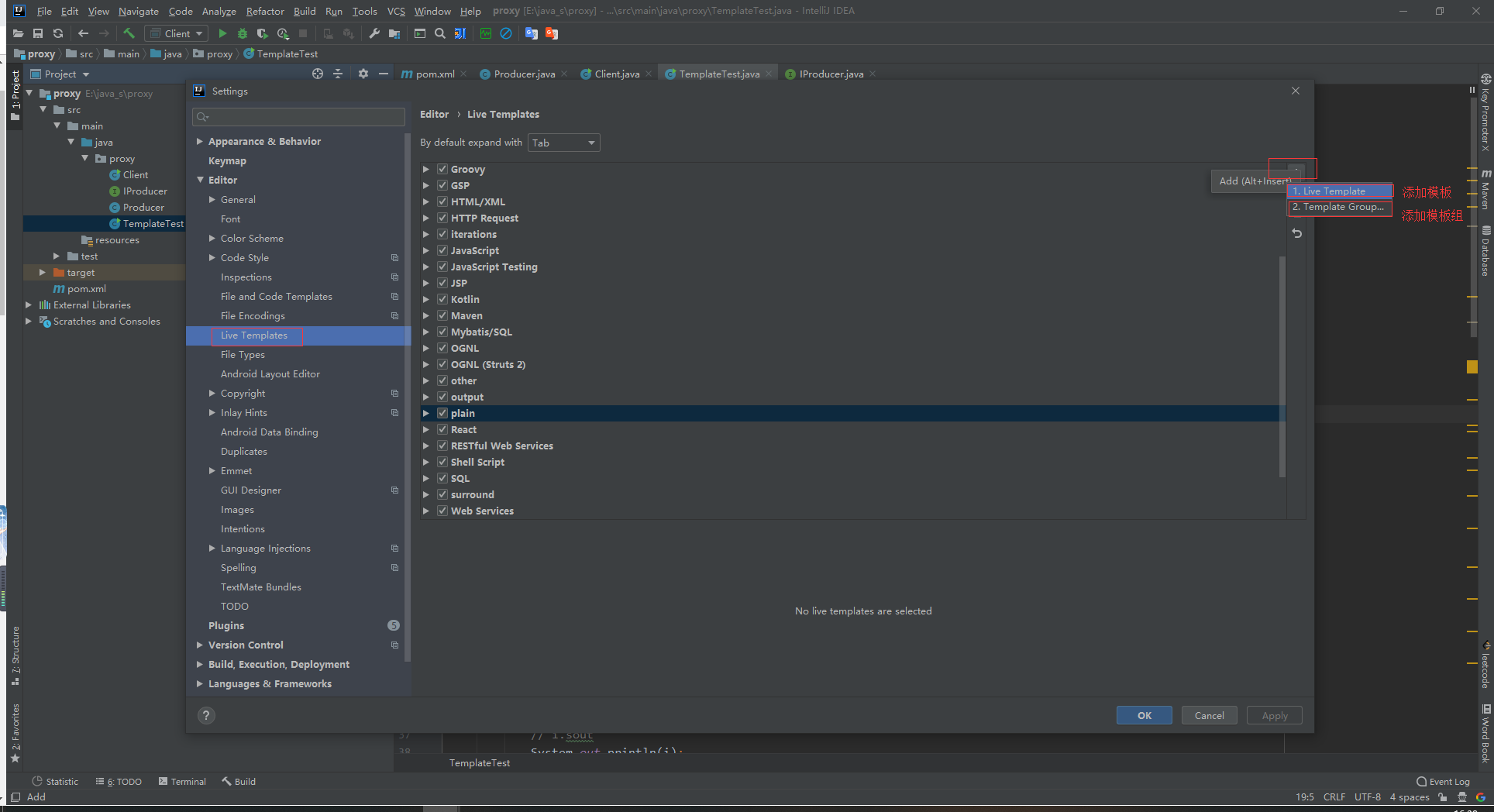
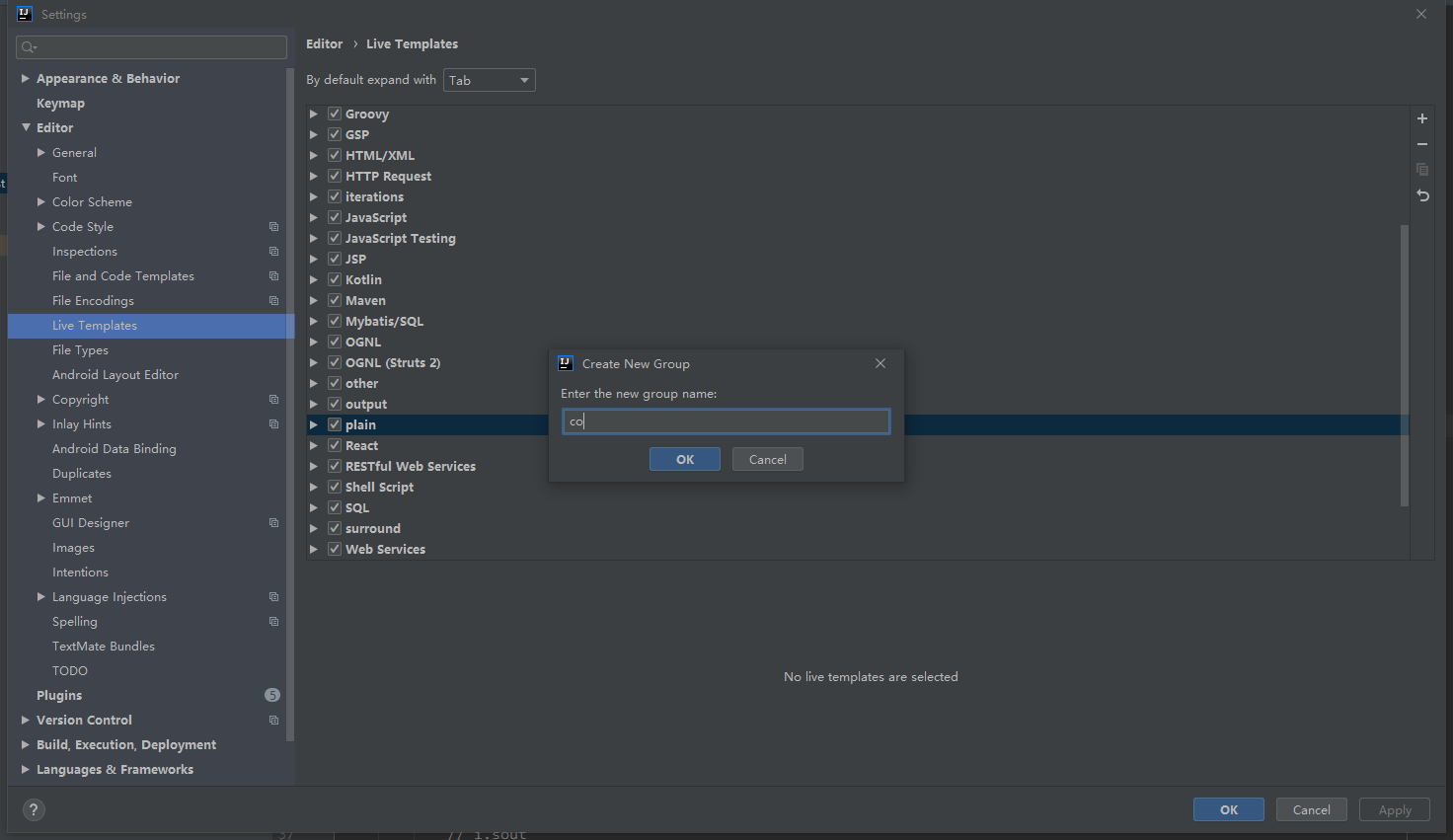
模板里面的$var$是生成时光标停留的位置
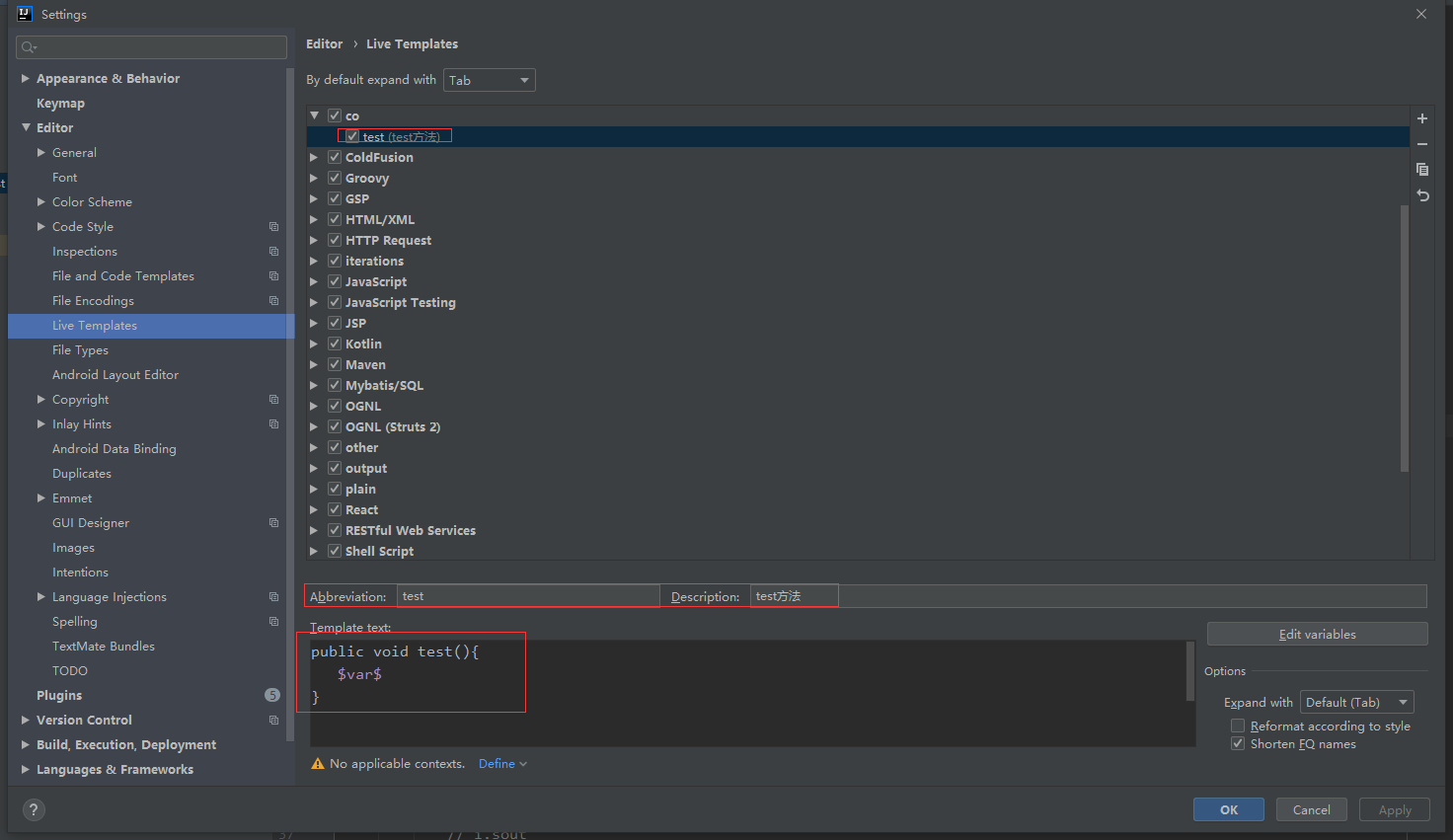
点击define,选择应用范围(没有此步骤,模板不生效),这里选择Java,则勾选Java
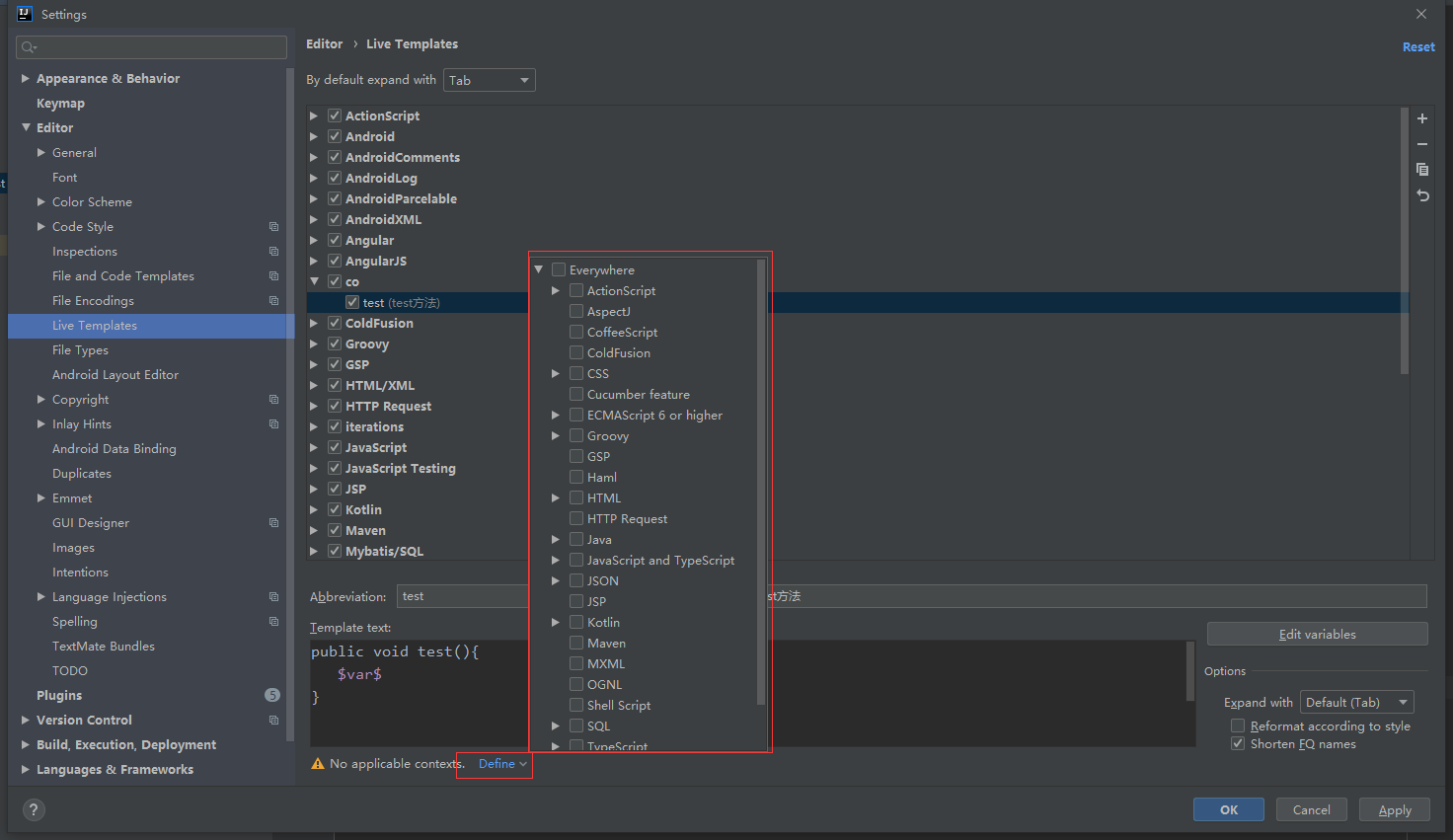
自定义效果:
// test
public void test(){
}
总结
加载全部内容